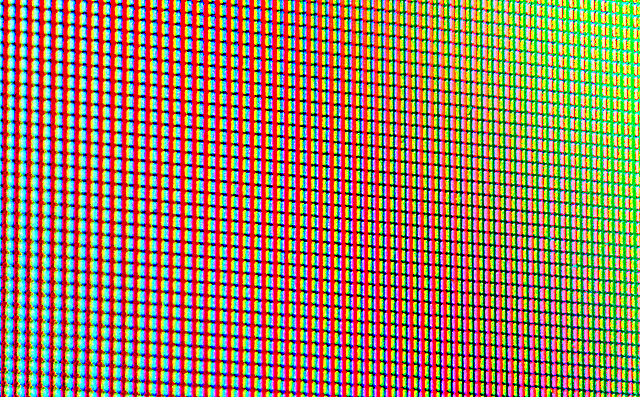Here’s a good question… How come the images on your laptop never look as good as they do on your TV? And how come images on a smartphone look fantastic? Some phones use AMOLED technology (which is a subject for a different article) but most laptops, TVs, tablets and phones use LCD technology. Yet, laptop images turn colors or get dim if they’re not at the right angle, and movies look blurry if the motion is too fast.
The answer is easy: obviously not all LCD screens are the same. For over a decade, color LCDs were used only for computer monitors. At the time it wasn’t common to have fast motion on a computer screen and it wasn’t a problem to adjust a monitor so one person could see it. Color LCDs use a technology called twisted nematics. This technology allows for very high-definition displays without having a wire run to each pixel (which would make it impossible to backlight.) Twisted nematics have a limitation though… they only look good from straight on, and they don’t change very quickly, leading to ghosting and blurriness when there’s fast motion.
There’s a different kind of LCD display called “in-plane switching” or IPS. This is an improvement to traditional color LCD technology that creates electrical fields that are parallel to the front of the display. This lets colors be seen accurately from a much wider angle. Older IPS displays were actually even worse than twisted nematic (TN) displays when fast motion was displayed, but rapid changes in technology quickly made IPS screens the cream of the crop.
IPS technology is more expensive and for years it was only seen in high-end TVs and computer monitors. However, thanks to the growth of the smartphone and tablet industries, IPS has become less expensive. Many smartphones and tablets use IPS displays because they are very thin and can be seen well in different environments. IPS displays are also ideal for touchscreens because unlike TN displays they don’t discolor when touched. Apple started using IPS displays in its Macintoshes in the late 2000s and the trend has carried over to other computer companies as well.
As PCs move to the touch-friendly Windows 8 environment, IPS displays are expected to completely take over, which is a real win for computer users, especially younger people who are less likely to have a television and who do more and more viewing on computers and other devices.





